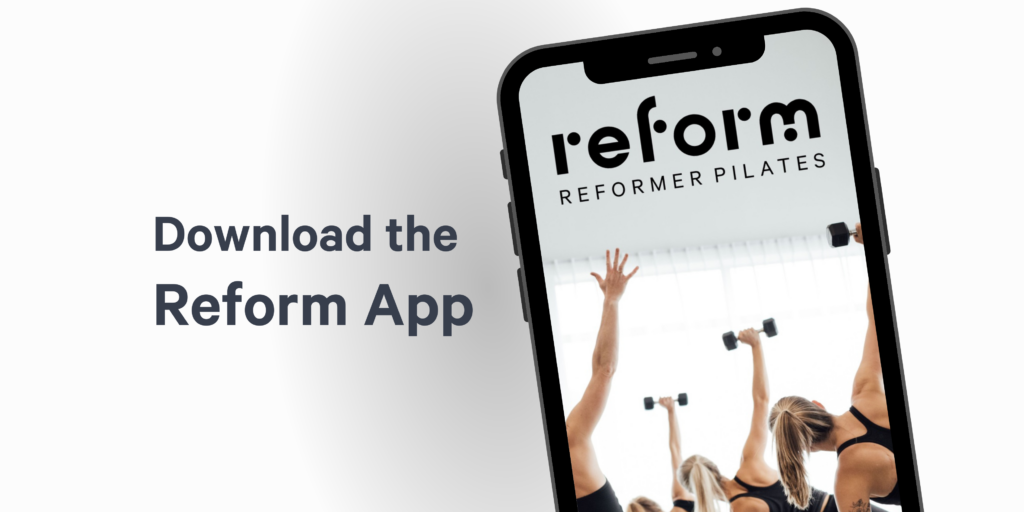It’s not pleasant and it’s something you generally do your utmost to avoid. How and why though?
Cramp is something that most of you have probably experienced at some stage, maybe even during a class or while under some form of exercise duress. It happened to a client while performing a lunge during a class last week and she asked why it happens and what can be done to prevent it. It’s a good question because if you can learn to manage your cramp you will stop less and benefit more from you classes. Eliminating anything that inhibits your ability to perform at your best is always a positive thing.
Why?
Your muscles get over excited. They are stimulated to such an extent that they contract (shorten) to a greater extent than normal. For example, your hip flexor may cramp during a long core sequence when you are holding your legs in a strict table-top position. Muscles contract and relax through the binding and releasing of two filaments in the muscle fibre called actin and myosin. They slide over one another causing your muscles to shorten. They then release from each other causing your muscle to lengthen in a process known as the sliding filament mechanism. This is how all your muscles work. A muscle is over stimulated by excessive information from the nervous system as a result of excessive external environment input (hard exercise). This in turn means actin and myosin do not release from each other causing your muscle stay short and contracted, leading to spasm, knots and the pain associated with cramp.
Ongoing, severe cramp can be symptomatic of more sinister issues including kidney disease, narrowing of the arteries and multiple sclerosis. If your symptoms are excessive, see your Doctor.
How to stop it?
Classic answers include drink more water, take magnesium and stay on top of your potassium levels. This is all general advice that we assume to be correct, but is it?
Water:
Ideally, a carbohydrate-based drink. Water prevents the dilution of essential salts and minerals and the carbs will replace those salts and minerals as you lose them through sweat and kidney excretion during and after exercise. This is sound advice and should be followed. Electrolytes are chemical transmitters that dissolve in water into ions. Ions transmit electrical impulses to your muscles allowing them to contract properly. Insufficient electrolytes mean inhibited contractions and cramp. Sports drinks have excessive sodium (for the taste) so try coconut water as an all-natural electrolyte replenisher.
Magnesium.
This is a bit of a mystery in terms of its prevention of cramp. A systematic review of numerous research into magnesium and cramp actually concluded that supplementing with magnesium could not be definitively linked to helping prevent cramp. HOWEVER, magnesium is essential in the role of muscle fibre contraction and most adults are deficient in it so it may be worth supplementing with to fill this deficiency. Just know that it has not been proven to prevent cramps. Foods richest in magnesium include spinach and Brazil nuts.
Potassium.
Again, little evidence is available to support a link between potassium intake and muscle cramps despite the fact that most athletes—and non-athletes alike—think that the banana is the first line of defence in preventing muscle cramps. Provided you are generally healthy your body will auto-regulate its potassium levels. If you have to much, your body will tell your kidneys to excrete some, if you have too little your hormones will reduce the amount allowed to be lost through urine. As always, if you have a healthy diet of fresh vegetables and fruits, lean meats and dairy and healthy fats your electrolyte levels should be fine. Incidentally, cherries are the most potassium rich food, not bananas.
References:
http://nutritiondata.self.com/foods-009122120118123000000-w…
Cochrane Database Syst Rev. 2012 Sep 12;9:CD009402. doi: 10.1002/14651858.CD009402.pub2.
Magnesium for skeletal muscle cramps.
Garrison SR1, Allan GM, Sekhon RK, Musini VM, Khan KM
Sports Med. 1996 Jun;21(6):409-20.
Exercise-induced muscle cramp. Proposed mechanisms and management.
Bentley S.
J Physiol. 2011 Dec 1;589(Pt 23):5759-73. doi: 10.1113/jphysiol.2011.212332. Epub 2011 Oct 3.
Mechanisms of cramp contractions: peripheral or central generation?
Minetto MA1, Holobar A, Botter A, Ravenni R, Farina D.
Exerc Sport Sci Rev. 2013 Jan;41(1):3-10. doi: 10.1097/JES.0b013e3182724817.
Origin and development of muscle cramps.
Minetto MA1, Holobar A, Botter A, Farina D.
http://pain-medicine.med.nyu.edu/…/co…/muscle-pain-and-spasm
http://www.poliquingroup.com/…/8…/Prevent_Muscle_Cramps.aspx




